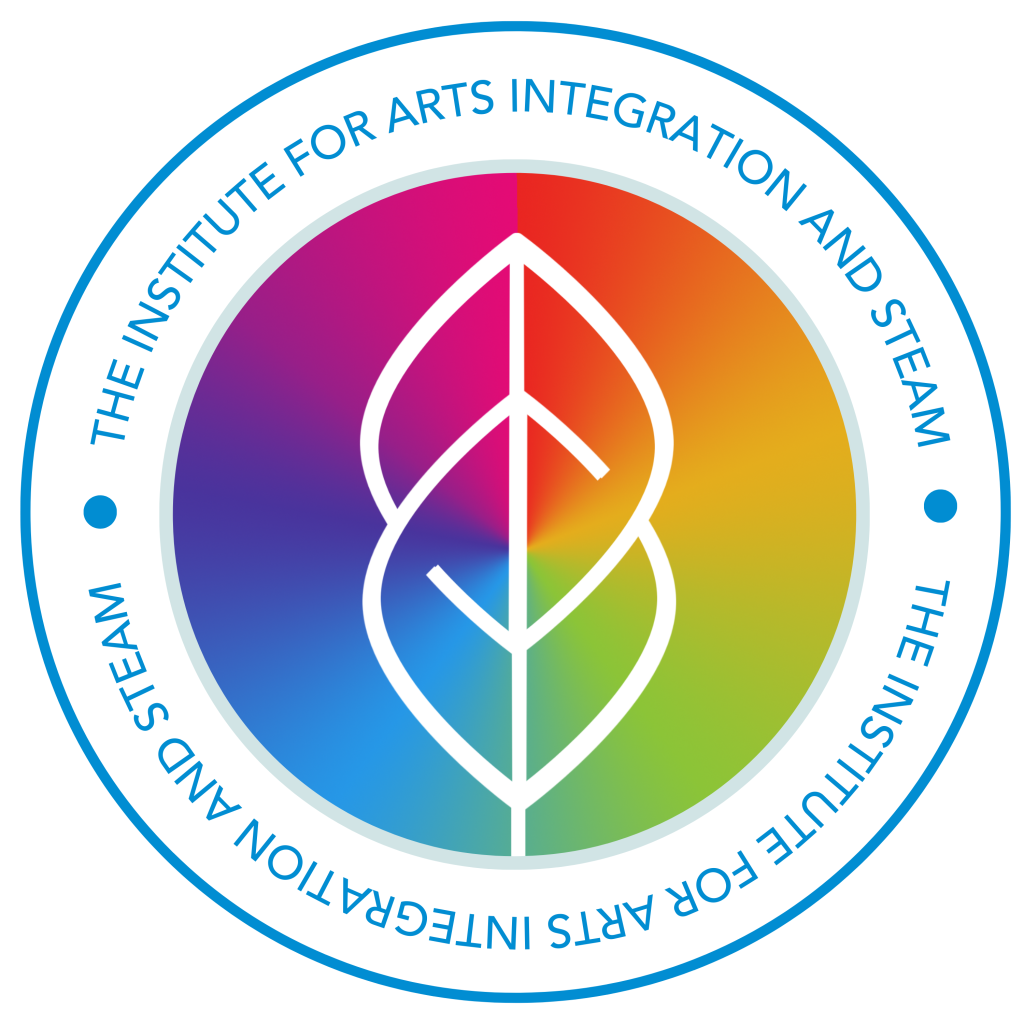Lesson Overview
Life Cycle Theatre
GRADES 3-5 SCIENCE AND THEATRE
This lesson, inspired by Paul Fleischman's book, Joyful Noise: Poems for Two Voices, integrates the science of life cycles and theatre, also referred to as life cycle theatre. This lesson can easily be adapted to integrate any unit of study in any content area with theatre.
Review the life cycle of a butterfly. Ask students to create a frozen motion that shows each stage of the butterfly's development.
Have students select the best motion for each stage and, as a class, perform a mini lifecycle drama of a butterfly with one motion for each stage.
Lesson Process:
Step 1: Provide students with the article, Metamorphosis: Nature's Ultimate Transformer, and have them silently read the selection.
Step 2: Ask students to provide some examples of animals that transform and what each stage looks like.
Step 3: Using the frog as an example, identify the 5 stages of metamorphosis (egg, embryo, tadpole, froglet, frog). Examine the features of each stage of transformation. 4. As a group, chart how those changes might impact the frog's life, and what new or different sensations come with each change
Step 4: Have students create a short story about one frog's journey from egg to frog, using the stages identified earlier and the chart for inspiration.
Step 5: Assign each student a developmental role of the frog and ask them to think about what the frog is thinking and feeling at that point in their story. How might they show this (drama process: tracking) with their bodies, expressions, and voice in the story? Have each student practice with others assigned the same role
![]() Time Required:
Time Required:
30-45 minutes
![]() Materials List:
Materials List:
- Metamorphosis: Nature's Ultimate Transformer article for students to read
- Butterfly and frog life cycle posters
- Space for the performances
![]() Assessment:
Assessment:
Perform the Frog Life Cycle story with each student having a chance to express how he/she feels as the frog at different stages of development.
Students should be encouraged to use their bodies, expressions and voices while demonstrating the unique elements of transformation.



